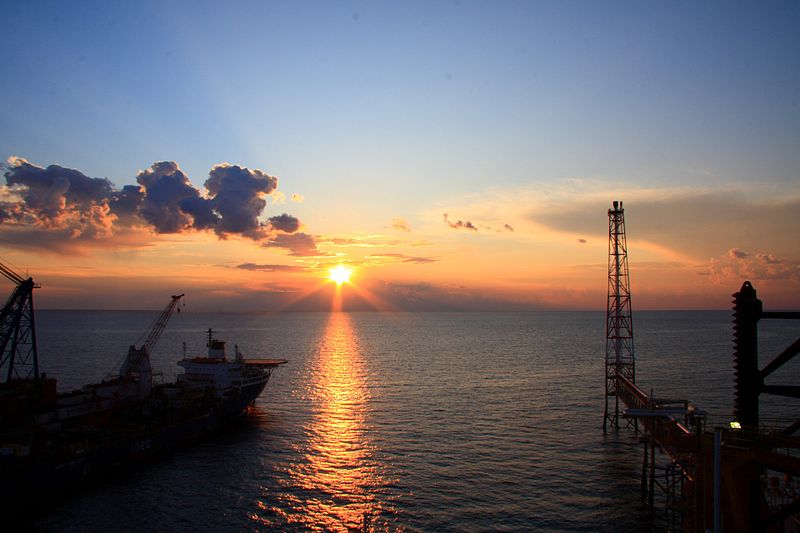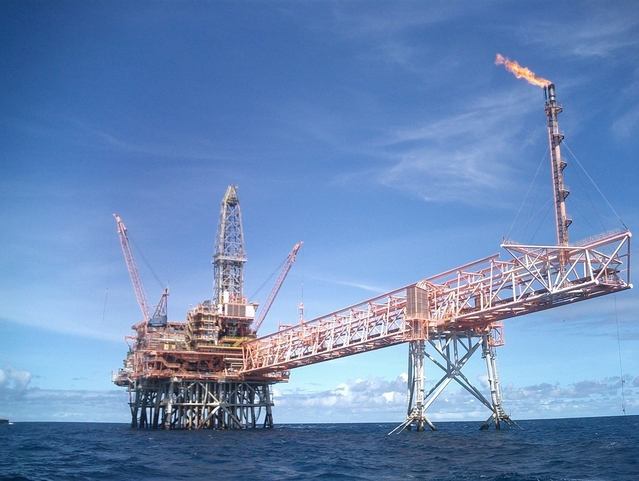
Consisting primarily of methane, natural gas is a naturally occurring hydrocarbon gas mixture that is used as a major source of fuel in electric power and industrial sectors.
Compared to coal or petroleum products, natural gas is said to offer more fuel efficiency and lower emissions. As a result, natural gas consumption has grown steadily over the past decade, with the US, Russia and China emerging as the fuel’s biggest consumers.
The growing demand for the gas has led to increased exploration and production activities in the Middle East region. The region’s proved natural gas reserves increased to 75.5 trillion cubic metres (tcm) in 2018 from 73.7tcm in 2008, according to BP’s 2019 Statistical Review of World Energy.
During the same period, the region’s natural gas production went up to 687.3 billion cubic metres (bcm) from 392.3bcm. Further, natural gas accounts for more than half of total energy consumption in the Middle East region.
The Middle East is also home to some of the world’s biggest natural gas fields. Located in the Persian Gulf, the South Pars/North Dome field is the world’s largest natural gas field, co-owned by Iran and Qatar. North Pars, Kish, and Golshan are the other major gas fields in the region.
The Middle East holds the largest proved natural gas reserves by region in the world.
NS Energy profiles the countries with the largest natural gas reserves in the Middle East.
1. Iran
With proven natural gas reserves of 31.9tcm in 2018, Iran holds the biggest natural gas reserves of all nations in the Middle East. The country’s gas reserves account for 16.2% of the world’s total natural gas reserves. The country had a 6.2% share of the world’s total natural gas production in 2018, as the gas field development activities continue to face excessive delays from international sanctions.
The country holds more than half of its natural gas reserves in offshore locations, with South Pars being its largest field. This is estimated to contain more than a quarter of the country’s total proved natural gas reserves. Iran shares the field with Qatar, where the field is called North Dome or North field. With estimated recoverable gas reserves of 635tcf, South Pars is expected to produce 27.9bcf of gas per day once the field fully begins production.
North Pars and Kish are the major natural gas fields in the country. Located below Kish Island in the Persian Gulf, with estimated recoverable gas reserves of 66tcf. It was discovered in 2006. The North Pars gas field, discovered in 1965, was estimated to contain reserves of 47.2tcf.
National Iranian Oil Company (NIOC), through its subsidiaries including National Iranian South Oil Company (NISOC) and Pars Oil & Gas Company (POGC), manages the development and production of natural gas resources in the country. Iran’s natural gas production was 239.5bcm in 2018.

2. Qatar
Qatar has the second-biggest natural gas reserves in the Middle East, with 24.7tcm of proven reserves at the end of 2018. The country’s gas reserves account for 12.5% of the world’s total natural gas reserves. Qatar is also the world’s largest exporter of liquefied natural gas (LNG).
A majority of the country’s gas reserves are located in the giant offshore North Field. Located in the Persian Gulf, the field is the main source of natural gas production in the country. Discovered in 1971, it is spread over an area of 6,000km2 in water depths of about 65m and contains estimated recoverable gas reserves of 900tcf. In production since 1997, the field is owned and operated by Qatargas and accounts for about 10% of the world’s total proven gas reserves.
Currently, the field consists of the North Field Bravo and RasGas Alfa offshore complexes, which were commissioned in 1996 and 1999 respectively. The two contribute nearly 2.8 billion standard cubic feet per day (bscfd) of gas to the total production capacity of the field.
In April 2017, the North Field expansion project was announced to increase LNG production capacity of the field from 77 million tonnes per annum (Mtpa) to 100Mtpa.
3. United Arab Emirates
The United Arab Emirates (UAE) has the third-biggest gas reserves in the Middle East — at 5.9tcm in 2018. That figure accounts for 3% of the world’s total natural gas reserves, however, UAE has witnessed a steady growth in its gas output in the past ten years, with production increasing from 49bcf in 2008 to 64.7bcf in 2018.
Nearly 94% of the country’s proven natural gas reserves are located in Abu Dhabi, with Dubai, Sharjah, and Ras al-Khaimah holding the rest. As most of the country’s reserves are found to contain a relatively high sulfur content, the development of those reserves is said to be economically challenging. About 30% of the gas production in the UAE is used for enhanced oil recovering (EOR) techniques deployed in its fields. These EOR processes and growing local demand have made the country a net importer of natural gas.
In November 2018, the Supreme Petroleum Council (SPC) had approved Abu Dhabi National Oil Company (ADNOC) to go ahead with its new integrated gas strategy. The regulatory approval of its gas strategy is expected to help the country achieve gas self-sufficiency through the addition of potential resources, and eventually transforming itself into a net gas exporter.
As part of the new gas strategy, the oil giant will develop the Hail, Ghasha and Dalma project to exploit Abu Dhabi’s Arab formation, which is estimated to contain multiple trillions of cubic feet of recoverable gas. The sour gas recovery project is projected to yield production in excess of 1.5bcf of gas per day.

4. Saudi Arabia
With proven natural gas reserves of 5.9tcm in 2018, Saudi Arabia has nearly the same amount of reserves as that of the UAE. More than half of its gas reserves are contained in the Ghawar onshore field and the offshore fields Safaniya and Zuluf. The Ghawar field holds a quarter of the country’s gas reserves. The country’s total gas output is used to meet domestic requirements.
Other major non-associated gas fields in the country include Karan, Arabiyah and Hasbah. Raw gas produced from the Karan field, which began production in 2011, is transported through a 110km subsea pipeline to the Khursaniyah gas plant for processing.
The state-owned Saudi Aramco manages gas production in the country. The company is aiming to nearly double its gas output to 23bscf/d over the coming decade. Large quantities of ethane, natural gas liquids (NGL) and condensate generated from the company’s natural gas production yields are supplied as feedstocks for major petrochemical and building materials industries.
5. Iraq
Iraq is the fifth-largest holder of natural gas reserves in the Middle East. Its proven reserves stood at 3.6tcm in 2018. The country’s production accounted for just 1.8% of the world’s total natural gas reserves.
Nearly two-thirds of the country’s natural gas reserves are identified to be associated with oil, according to International Energy Agency. A significant part of Iraq’s gas reserves contained in the supergiant fields in the southern part of the country. Due to a lack of sufficient midstream facilities, the country flares a significant amount of natural gas.






